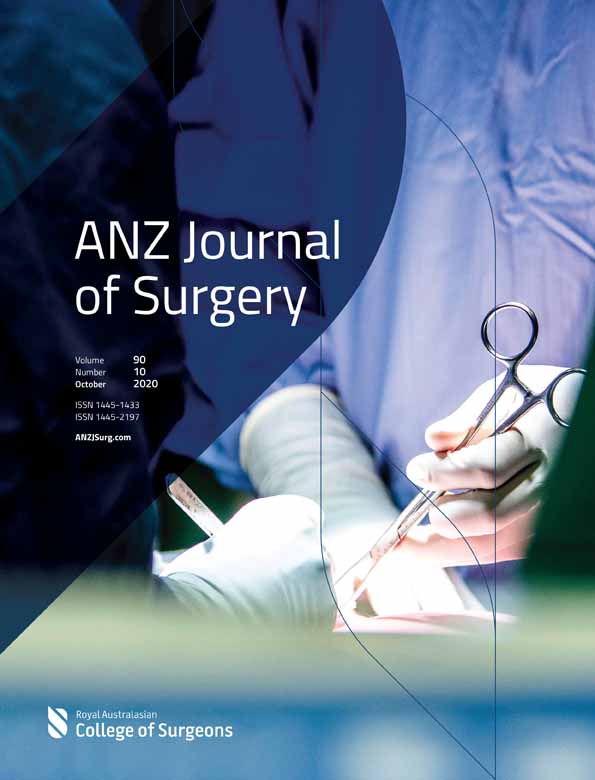Risk factors for mortality after emergency laparotomy: scoping systematic review
This study has been presented at the Royal Australasian College of Surgeons Annual Scientific Congress in 2018 and was awarded best presentation prize in the General Surgery Section.
Abstract
Background
Emergency laparotomy (EL) is a common procedure with high mortality leading to several efforts to record and reduce mortality. Risk scores currently used by quality improvement programmes either require intraoperative data or are not specific to EL. To be of utility to clinicians/patients, estimation of preoperative risk of mortality is important. We aimed to explore individual preoperative risk factors that might be of use in developing a preoperative mortality risk score.
Methods
Two independent reviewers identified relevant articles from searches of MEDLINE, EMBASE and Cochrane databases from January 1980 to January 2018. We selected studies that evaluated only preoperative predictive factors for mortality in EL patients.
Results
The search yielded 6648 articles screened, with 22 studies included examining 157 728 patients. The combined post-operative 30-day mortality was 13%. All, but one small study, were at low risk of bias. A meta-analysis of results was not possible due to the heterogeneity of populations and outcomes. Age, American Society of Anesthesiologists, preoperative sepsis, dependency status, current cancer and comorbidities were associated with increased mortality. Acute physiological derangements seen in renal, albumin and complete blood count assays were strongly associated with mortality. Delay to surgery and diabetes did not influence mortality. Higher body mass index was protective.
Conclusion
Preoperatively, risk factors identified can be used to develop and update risk scores specific for EL mortality. This scoping review focused on the preoperative setting which helps tailor treatment decisions. It highlights the need for further research to test the relevance of newer risk factors such as frailty and nutrition.
Conflicts of interest
None declared.




